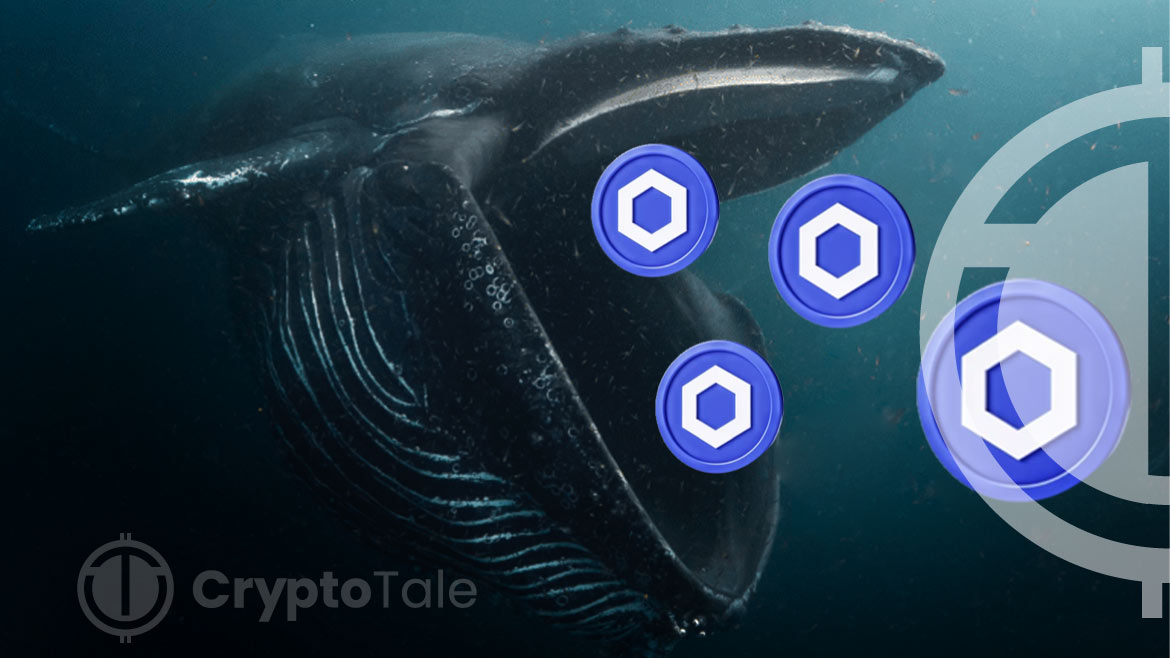- Chainlink sees significant whale accumulation, indicating strong institutional interest and potential price support.
- Recent wallet withdrawals from Binance highlight substantial investor activity and growing market liquidity.
- Technical indicators suggest Chainlink may face resistance near $13.76, with potential for bullish momentum above this level.
Chainlink (LINK) has caught the attention of market observers due to significant movements in its price and notable accumulation by large investors. Reports from Ali Martinez, a top analyst, indicate that whales have acquired over 10 million LINK tokens, amounting to approximately $120 million, suggesting a concentrated effort to accumulate this digital asset.
Lookonchain data reveals that since June 24th, 93 newly created wallets have withdrawn a substantial 12.75 million LINK tokens from Binance, valued at about $167 million based on current market prices. This surge in withdrawals hints at a trend where large entities, possibly institutional investors or high-net-worth individuals, are actively increasing their holdings in Chainlink.
As of the latest market update, Chainlink is priced at $13.76, reflecting a recent increase of 4.82% over the past day. The cryptocurrency’s market capitalization stands at approximately $8.37 billion, with a 24-hour trading volume of $302.83 million, marking a 30.09% rise in trading activity.
Technical analysis points to crucial support and resistance levels influencing Chainlink’s price movements. The $13.20 level has emerged as a strong support zone, where significant buying interest has countered price declines. Below this, $13.00 also serves as a critical support, indicating stability and potential buying opportunities during market pullbacks.
Chainlink Experiences Largest Trader Capitulation of 2024, Signaling Possible Market BottomOn the resistance front, $13.60 has historically posed challenges to upward movements but was recently breached, suggesting a positive shift in sentiment among investors. At present, the price of $13.76 acts as the immediate resistance, marking the peak of the current trend. A decisive break above this level could signal further bullish momentum for Chainlink.
Analyzing Chainlink’s 1-week Relative Strength Index (RSI) reveals a reading of 45.41, indicating that the cryptocurrency is approaching oversold conditions. While not yet at extreme levels, this suggests a potential reversal or consolidation in the near term. Moreover, the 1-week Moving Average Convergence Divergence (MACD) indicator, trading below the signal line, signals ongoing bearish momentum.






